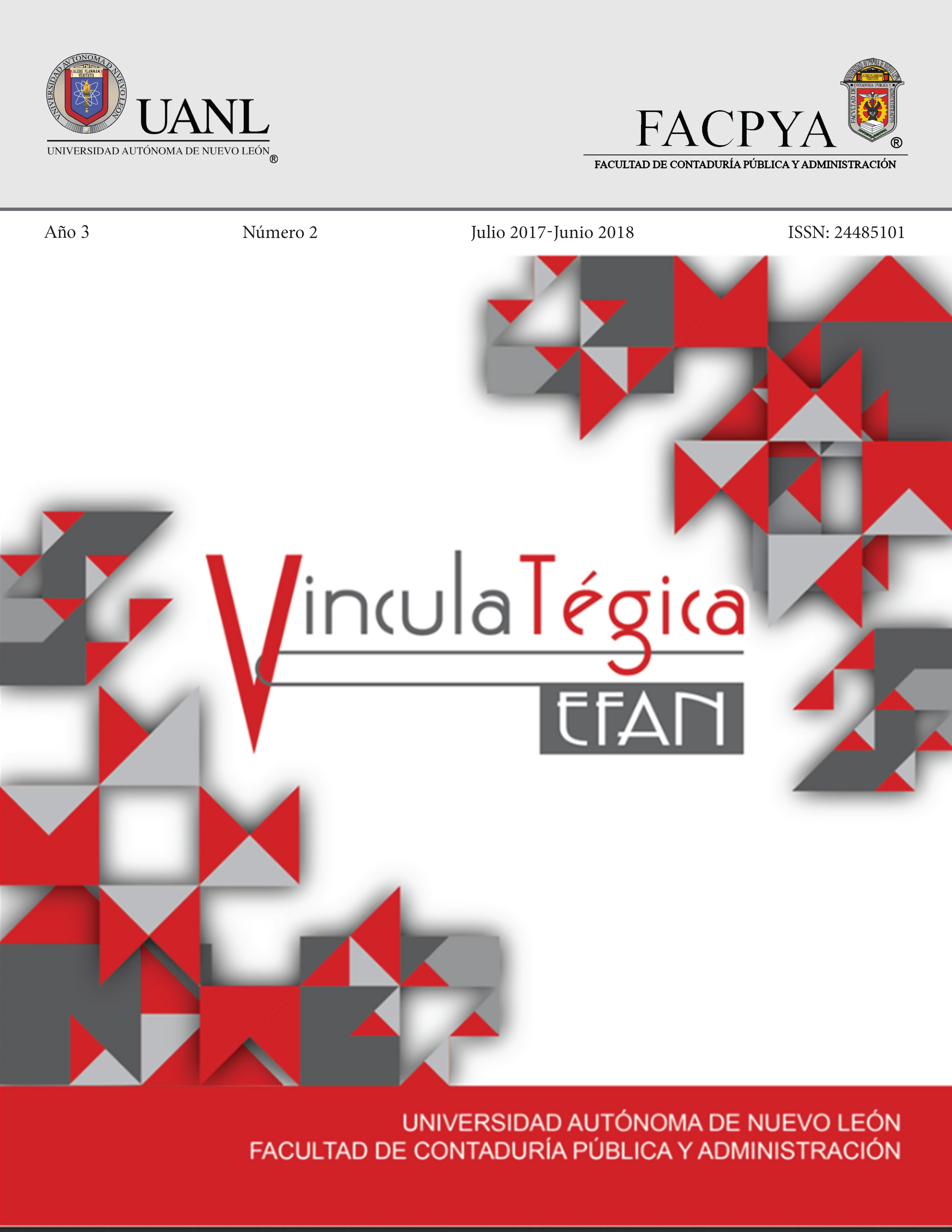Diagnosis and outlook for the skills that make up the entrepreneurial profile of university students.
Keywords:
Entrepreneurship, basic skills, specific skills, entrepreneurial profileAbstract
The main objective of this article is to establish the relation of the development of the skills that make up the entrepreneurial profile and the course of entrepreneurship, training directed to the students of new entrance of Technical Superior University level. Is focused on the application of a tool that describes the behavior of skills converted into descriptive variables and corresponding to two categories: basic skills related to innovation, creativity, self-efficacy and specific skills, which are autonomy, orientation to achievement, risk taking, leadership, teamwork and knowledge specialized. Based on the results obtained, the areas of formative opportunity corresponding to the second stage of an integral project are identified. “Development of strategies to foster entrepreneurial and intrapreneurship abilities of the university student as a strengthening of professional competences”, and for which it is intended To design an effective teaching structure for this purpose.
Downloads
References
Arbaiza Fermini, L. (2011). DESARROLLO DE COMPETENCIAS GERENCIALES: UN MODELO ALTERNATIVO. uenos Aires, Cengage Learning Argentina: Instituto Salesiano De Artes Gráficas Tirada.
Arbaiza, L. P. (2011). Desarrollo de Competencias Gerenciales: un modelo alternativo. Buenos Aires: Cenage Learning Argentina.
Auletta, N., & Puente, R. (2010). ¿Que hace a un emprendedor innovador? DEBATES IESA VOL XV, Número 2, 28-33. Bernal, G. A., & Cardenas, G. R. (2014). La formación de emprendedores en la escuela y su repercusión en el ámbito personal. Una investigación narrativa centrada en el Programa EME. Revista Española de Pedagogía, Año LXXII,, 125-144.
Chiavenato, I. (2004). Comportamiento Organizacional: la dinámica del existo en las organizaciones. International Thomson Editores.
Gózales, B. C. (5 de agosto de 2015). Dirección Estrátegica. Obtenido de ITAM mx: http://direccionestrategica.itma.mx Hernández, T. R., & Rocha, L. M. (2016). Tendencias contemporáneas que impactan en perfil emprendedor del alumno universitario. En FACPYA-UANL, VinculaTegica EFAN (pág. 3835). Monterrey Nuevo León: UANL.
Madrigal, T. B. (2009). Habilidades Directivas. México: McGrawHill.
Monsalve, S. J. (2012). Jóvenes, Talento y perfil emprendedor. Instituto de la Juventud, Gobierno de España.
Moreno, Z. H., & Espíritu, O. R. (2010). Análisis de las características del emprendimiento y liderazgo en los países de Asia y Latinoamerica. PORTES Revista Mexicana de Estudios Sobre la Cuenca del Pacífico Vol.4 No 8, 101-122.
Moriano, L. J., Palací, D. F., & Morales, D. J. (2006). El perfil psicosocial del emprendedor universitario. Revista de psicología del trabajo y las organizaciones Vol 22 N 1, 75-99.
OCDE. (2017). Perspectivas económicas de América Latina 2017: Juventud, competencias, emprendimiento. México: OCDE DEV, CEPAL, CAF.
Palacios, D. J. (2015). Estimación psicométrica de la escala de autoeficacia ante conductas de riesgos para adolescentes en México. Psychosocial Intervention, 1-7.
Pittaluga, Z. C. (2012). La creatividad como producto: Invención e Innovación. Debates IESA VOL. XVII No. 1, 24-27.
Valls, J., Cruz, C., & Torruella, A. (2012). Causas de fracaso de los emprendedores. España: RedEmprendia Netbiblo S.L.
Wood, D., Wilson, C., & García, A. (2014). Fomentando la Innovación en México, Ideas del Foro de Alto nivel para Creadores de Política. Wilson Center Mexico Institute
Downloads
Published
How to Cite
Issue
Section
License

This work is licensed under a Creative Commons Attribution 4.0 International License.
a). Authors keep copyright and give the journal the right of the first publication of the work under a Creative Commons attribution license. This license allows others to share the work as long as original authorship and initial publication in this journal is acknowledged.
b). Authors may make other independent and additional contractual agreements for the non-exclusive distribution of the version of the article published in this journal (e.g., include it in an institutional repository or publish it in a book) as long as they clearly indicate that the work was published for the first time in this journal.







